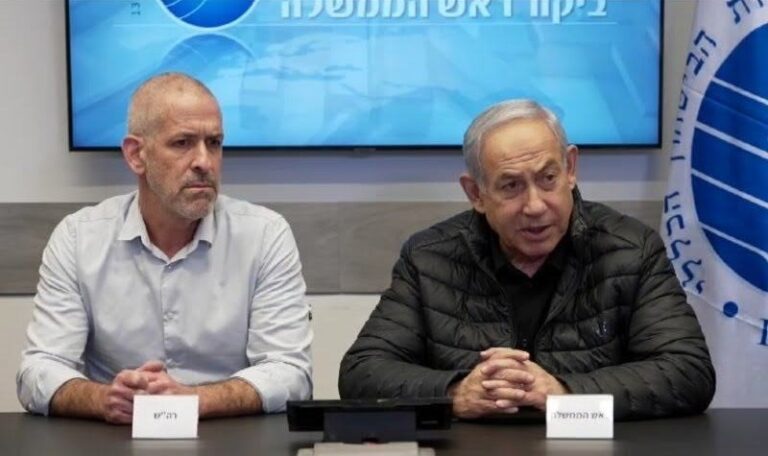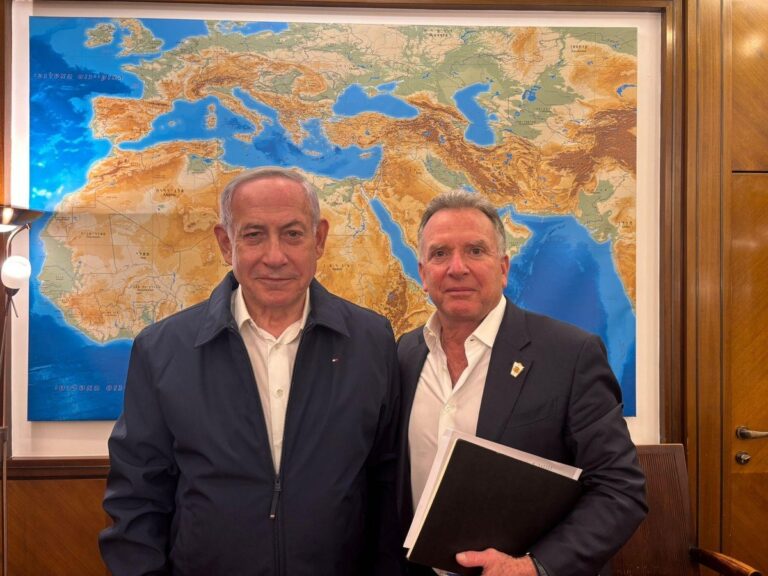A drone that U.S. officials say was likely connected to Iranian-supported Hezbollah forces fired on U.S.-backed troops Thursday and was shot down by an American fighter jet in southern Syria near a base where the U.S.-led coalition is training Syrian rebels fighting the Islamic State group.
U.S. defense officials said the weapon fired by the drone did not detonate and no one was hurt. Army Col. Ryan Dillon told reporters at the Pentagon that it carried more weapons and was considered a direct threat, so a manned U.S. aircraft shot it down. He said the coalition did not interpret the attack as a “warning shot.”
The assault came just hours after the U.S. bombed Syrian government and allied troops inside a protected zone in that area, and marked a sharp escalation in the skirmishes between the coalition and those pro-Syrian government forces there. And it appeared to make good on a Hezbollah threat issued Wednesday that it would strike American forces in that area.
Dillon said this was the first time that forces supporting Damascus had attacked coalition troops in that region, which is near the training camp in Tanf, close to the border with Jordan. He declined to say who owned or operated the drone, but other officials said it was likely Iranian or Iranian-backed Hezbollah. The officials were not authorized to discuss the details publicly and spoke on condition of anonymity.
The forces that were fired on by the drone included Syrian rebel fighters and coalition troops, and they were on a routine patrol outside of the protected zone east of Tanf, Dillon said in a telephone conference from the Iraqi capital. He said the drone was similar in size to a U.S. MQ-1 Predator drone. The Predator is about 27 feet long, 7 feet high and can carry two precision-guided Hellfire missiles.
Officials said it was not clear whether the drone attack was in response to the coalition bombing of the Syrian government and allied troops several hours earlier. It was the third time the U.S.-led coalition has bombed troops in the protected zone. Dillon said the airstrike destroyed artillery and vehicles and damaged a tank.
In each case, U.S. officials have said the pro-government forces were either advancing toward the training area in Tanf or were readying weapons and were perceived as a threat to the forces at the camp. The U.S. has refused to specify the makeup of those forces inside the protected zone, but Dillon for the first time on Thursday said they include Syrian government troops. Other U.S. officials have acknowledged they could include Iranians, Hezbollah fighters backed by Iran, or other militia members.
The Lebanese militant group, closely allied with the government of Syrian President Bashar Assad, warned on Wednesday that it would strike American positions in Syria if they cross any “red lines.” The threat was issued through Hezbollah’s military media arm, and included footage of what it said was an Iranian drone tailing an American drone over eastern Syria. It’s not known whether that was the drone shot down by the U.S. on Thursday.
Iran is a chief backer of Hezbollah and the Syrian government and is deeply involved in the Syrian civil war.
Dillon said that in each instance, the U.S. used an established phone line with the Russians to warn the pro-Syrian government troops to leave the protected zone. He said a platoon-size element of those forces remains in the protected zone. A U.S. Army platoon is about 40-50 soldiers.
“We have still not seen any physical signs of them departing that area,” Dillon said “They have not presented a threat. They have not continued to move towards our forces in the Al-Tanf Garrison, but we will continue to attempt to get them to vacate the area.”
An area with a radius of about 55 kilometers (34 miles) around Tanf, where the borders of Jordan, Syria and Iraq meet, has been considered a de-confliction zone under an agreement between the U.S. and Russia.
Thursday’s exchange of fire adds another layer of complication to what has been a confusing and messy several days of fighting against the pro-government forces.
Earlier this week the U.S. bombed similar troops inside the protected zone, after those forces came under attack by another unaffiliated group of Syrian rebels. The pro-government forces brought in additional equipment and called in airstrikes to repel the assault, and the U.S. was informed of those developments through the Russian deconfliction phone line.
After the skirmish, the U.S. said it saw pro-regime forces bringing in additional weapons and equipment that were considered a threat to the Tanf base, so the U.S. bombed the equipment.
It’s not clear how many of the pro-Syrian government forces have been killed in the three coalition bombings.
(AP)











